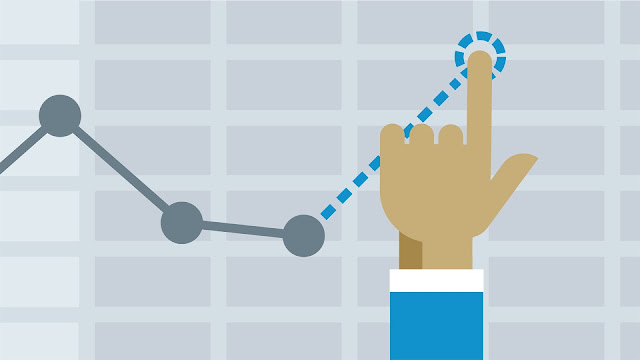1. Title:
Compose the lab number and title at the highest point of the page. Ensure it is in your chapter-by-chapter list of the science lab journal. The title ought to demonstrate what the lab was about. Be brief, yet show the idea of the examination. What was the question being researched? Explicitly what was being noticed? Make an effort not to surpass 5 words.
2. Presentation: (From Your Lab Ticket or Lab Introduction):
While you ought to expect your crowd has some information on the lab subject, the fundamental reason for this segment is to give the reader the vital comprehension of the trial so they can decipher your outcomes. A second imperative intention is to incorporate any well-established realities from past exploration, so you can allude to these in your examination. Utilize the prologue to the lab to get you progressing nicely. Don't simply duplicate the data. Give me enough data that an uninformed individual perusing the report would have enough foundation to comprehend what is happening.
3. Issue: Express a testable logical inquiry dependent on some data or perception, which is composed as an inquiry?
4. Speculation: Consistently incorporate an expressly expressed theory of what you hope to happen during the test. Make an "if ... at that point" explanation. "On the off chance that this variable is changed, at that point this ought to happen to the trial information."
5. Trial Design: Variable diagram (if appropriate), material rundown, and systems
- MATERIALS
- VARIABLE CHART
- METHODS
6. Information:
More often than not an information table and going with diagram is the most ideal approach to report this. Utilize a straight edge when making your tables and ensure they are "large" enough for the information. Continuously utilize the correct units! Recall that on charts, the free factor goes on the x-hub and the needy variable goes on the y-hub. Continuously use diagram paper (or PC created charts) with the fundamentals: title, the two tomahawks named with units, and a legend. A decent information table or diagram can be removed totally from the setting of the lab report and still be appropriately and accurately deciphered. In the event that the lab is "observational" in nature, you would incorporate outlines or potentially portrayals of structures, compound responses, practices, and so on Try not to FUDGE YOUR DATA! Put just the information that you, or your lab gathering, or the class gathered, not what you imagine that you ought to have seen. Kindly number your perceptions. (EX. = shades of an item, arrangements that spilt, trouble you had playing out a specific part of the lab, surface, smell, unordinary practices of exploratory subjects)
7. Investigation:
This is the substance of your report. No report will get an evaluation without an investigation. On the off chance that there are inquiries on the lab, utilize those as aides with regards to what to remember for the investigation segment. This is the ONLY spot in the lab where you should be deciphering your outcomes. We will utilize the REE, PE, PA" strategy in this class. In the first place, "REE" signifies "results", with "proof" and "proof" which intends to sum up the information from tables and charts in words to approve your contentions. This doesn't mean a parrot-like recitation of all the information when you've given it in a table. It implies: take a gander at the information from the explore for patterns, allude to your genuine information numbers to show a point.
Don't simply utilize subjective terms like: "Gathering 1 had a bigger sum." Better stated: Group 1 had 33% less depressions. You've taken the crude information, played out a figuring, and utilized it to underscore a pattern. "PE" signifies recognize the wellsprings of test plan mistakes that would prompt deceptive information. After you've chosen which blunders are important - which were so enormous as to negate the investigation? In what manner may have your perceptions influenced your outcomes? Break down WHY you got the outcomes you did ... BE SCIENTIFIC! THINK!!! This is your opportunity to show you perceived the analysis. In the event that there are approaches to improve the lab, notice them here.
8. Conclusion:
This segment is the "Dad" (viable applications) where you talk about the significance or estimation of the test results. This can be genuinely short. It should address the inquiry in the reason. Try to incorporate whether your speculation was upheld or disproved. Keep away from "tedious" phrases that are superfluous and don't add to the report.
8. Conclusion:
This segment is the "Dad" (viable applications) where you talk about the significance or estimation of the test results. This can be genuinely short. It should address the inquiry in the reason. Try to incorporate whether your speculation was upheld or disproved. Keep away from "tedious" phrases that are superfluous and don't add to the report.




